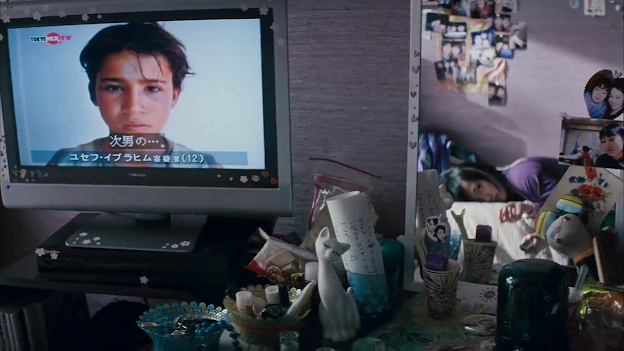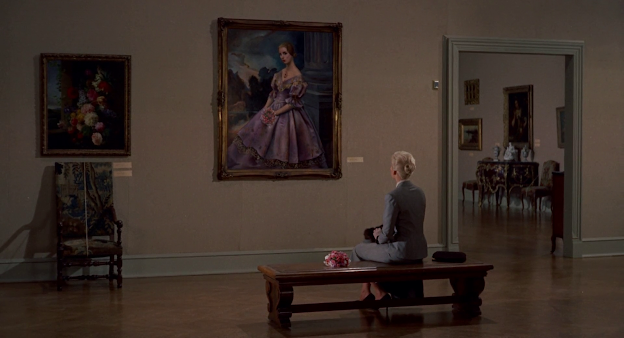Blog 5
The Success
of The Battle of Algiers
“Third
cinema is, in our opinion, the cinema that recognizes in that struggle the most
gigantic cultural , scientific, and artistic manifestation of our time , the
great possibility of constructing a liberated personality with each people as
the starting point -- in a word, the decolonization of culture .” (p.1)
I think The Battle of Algiers is successful movie on
reflecting the reality of the times of conflict. Its success is underlying in
many different aspects. First, we are seeing the events from Ali’s perspective.
We understand how he decided to join the FNL and we are pursuing him during his
journey. However, the main character of the movie is the people of the Algiers
rather than Ali. His eyes are turns into the eyes of his people. During the
movie, we are seeing an incredible number of people from Algiers: The children,
the young and the old. Last scene of the
movie is really supporting this idea. https://www.youtube.com/watch?v=svulZ7Kfpz4
I can say that using hundreds of people in this movie is a huge part of its success. People are not acting but they are just being themselves. This naturality brings the movie a documentary taste. They are screaming, asking for “İstiklal” and this scene shows audience the power of masses in revolutions.The exterior locations of the movie are impressive on reflecting the area. Getino and Solanos mention the filmmaker’s cowardice on shooting the movie in real places: “…Viet-Nam can be mentioned, but only far from Viet-Nam…” (p.6) However, The Battle of Algiers is brave on this subject and it gives excellent results with respect to telling the story in a realistic way.
Another important issue on the movie
that how clearly it gives the methods of FLN. The role of women are huge for
the revolution and the movie shows us very detailed events on this subject. We
are seeing different organization techniques of FLN. French’s tendency on not
touching the Algerian women, puts the French at a disadvantageous situation during
the battle. We are witnessing FLN’s success on organizing women and children seems
effective: “…the fact that the revolution does not begin with the taking of
political power from imperialism and the bourgeoisie, but rather begins at the
moment when the masses sense the need for change and their intellectual
vanguards begin to study and carry out this change through activities on
different fronts.” (p.1)
https://www.youtube.com/watch?v=7hYtN2zWX8c
In this specific scene we are seeing the Algerian women try to dress like European women. They should get rid of their veils and dye their hairs. Giving up their traditions or beliefs and try to reach a standard bourgeoise looking is their only way to enter fancy cafés at the French side of the town. This scene tells us a lot about the French’s behaviors to the Algerian people and their imperialist politics’ dark face.Soundscape of the movie is also contributing the narrative a lot. The ululations of women, the sound of the Asan, the sound of disco music and the sound of explosions are mixing and creates a sound of a town which is suffering from conflicts and try to find its owner.
https://www.youtube.com/watch?v=ToFw7zqJ_sc
(00:01:54)
“It is hardly necessary to point out that those films which achieve an intelligent use of the possibilities of the image, adequate dosage of concepts, language and structure that flow naturally from each theme, and counterpoints of audiovisual narration achieve effective results in the politicization and mobilization of cadres and even in work with the masses, where this is possible.” (p.5) Solanos and Getino says. It is a fact that this movie could have been much better with more better acting and directing. But I think with respect to the aim of third cinema The Battle of Algiers successes a lot. The narrative, the locations and the soundscape of the movie is satisfying enough to tell the story of the revolution.
Bibliyography
Solanas, Fernando, and Octavio Getino. Toward a Third Cinema.Cinéaste, vol. 4, no. 3, 1970, pp. 1-10. JSTOR, www.jstor.org/stable/41685716. Accessed 9 Sept. 2020.






Yorumlar
Yorum Gönder